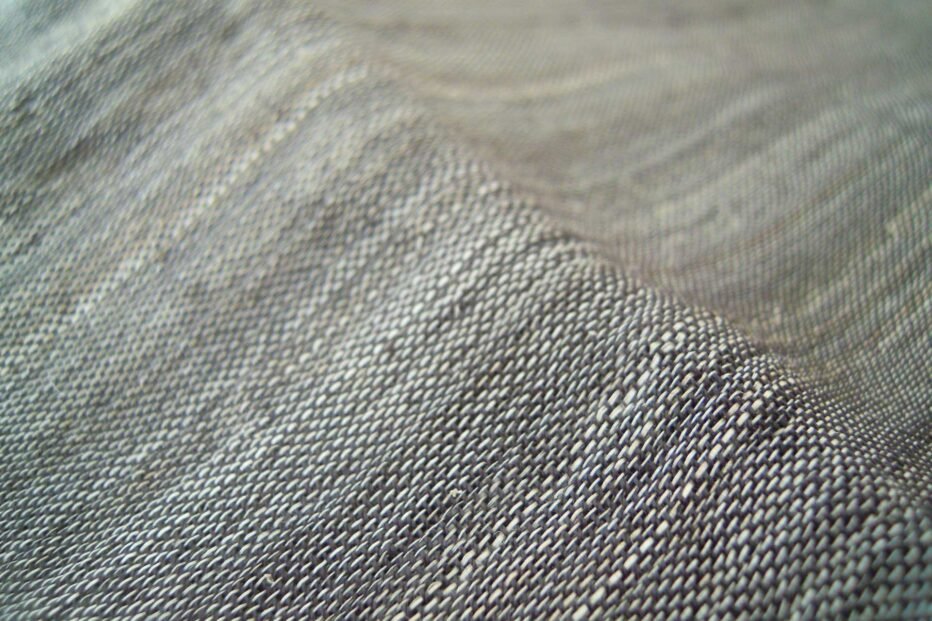
Description
A low-cost and renewable fiber that can achieve a silk-like texture.
Abaca, also known as Manila hemp, is extracted from the leaf sheath around the trunk of the abaca plant (also known as Musa textilis). A close relative of the banana tree, it is considered among the strongest natural fibers, and is usually up to 3 meters long. The best grades of the fiber are fine, lustrous, and light beige in color. Cellulose abaca fibers are relatively smooth and straight.
Background
Story
Discovered by the Dutch, the abaca plant originated in Sumatra, Philippines in 1925. It was successfully introduced into Central America soon after. During World War Il, production Ships rigging in the Philippines declined, while production increased in the United States. Abaca was widely used for rigging ships and its pulp was used to make sturdy Manila envelopes at that time. Aklan, a province in the Philippines, produces the highest quality fiber of this type.
Manufacturing
This crop grows best in well-draining loamy soils. Abaca is propagated by planting mature rootstock and it is usually done at the beginning of the rainy season. It takes 18 to 24 months before the plant can be harvested and used as raw material for different purposes.
Processing can be done by hand or machine. It involves pulling off the plant’s outer layer from its petiole and then scraping the pulpy material to be able to get to the fibre strands. These strands are then dried either mechanically or under the sun. After this, they are cleaned and sorted according to the market needs.

Expertises
Characteristic
- Lightweight and buoyant
- Soft and lustrous
- High elasticity, tensility and resilience
- Water and grease repellent e Resistant to saltwater damage e Takes dye well and is colorfast
- Renewable
What is abaca used for?
Today, abaca is used for specialty papers such as currency notes, tea and coffee bags, vacuum bags, cigarette filter paper, sausage casing paper, and high-quality writing paper. Japan, one of the top importers of this fibre, uses abaca for their yen banknotes. Abaca is also used to make twines, ropes, and fishing lines and nets.
Why is abaca sustainable?
Abaca is a sustainable fibre because it can be made into various products that answer the present needs and demands in our society without having to compromise environmental standards. Its production has a low environmental impact and it’s a renewable resource; can be grown and harvested with very little chemical processing. It is a good thing that there is a growing preference for this fibre since it is recognised as the “strongest among all natural fibres in the world.” It is said to have superior qualities over other materials such as man-made fibres like plastics and synthetic materials. This explains why this raw material is now being used in various industries as mentioned earlier.
Abaca exports
The Philippines is the leading producer of abaca worldwide, supplying almost 90% of the global demand for this sustainable fibre. From October to December 2020 alone, the country produced 17.61 thousand metric tonnes of abaca fibre. Most of the products that are exported are abaca pulp, yarns, cordage, fibre crafts and raw fibre. The leading importers of abaca products are Europe, the US and Japan.
Social
12k followers
30k likes
Youtube
22k subscribers
8k followers
Have a project in mind?
If you have a great idea, reach out to me. Whether it is a small or big project, I will listen first and get back to you with a plan.

